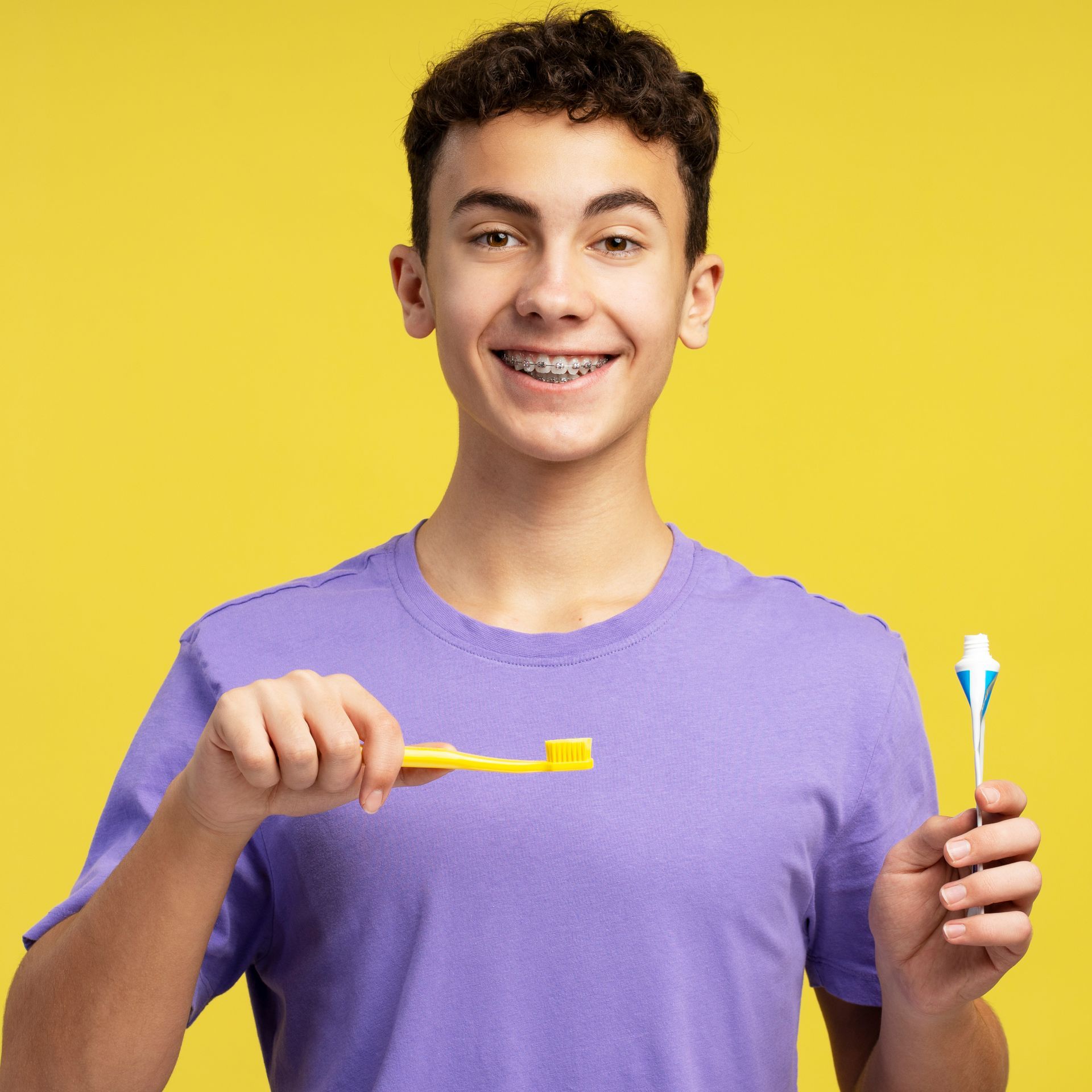
How Do Temporary Anchorage Devices [TAD] Move Teeth?
When you are seeking that fabulous smile you may not realize that researchers have painstakingly designed, tried and tested various means of correcting teeth alignment problems and bite problems.
Firstly, teeth can have a mind of their own and if they choose to protrude or to grow at strange angles or even to distance themselves from their neighbors they have to be forced back into the place where they rightfully belong and give the owner of those teeth the most aesthetic appearance possible.
Temporary anchorage devices, or TADs, are just some of the many devices that play their part in enhancing the maximum use of the teeth and give the best satisfaction to their owners. Without devices such as these people would be using all sorts of undesirable and dangerous methods to perfect their smile and not get jeered at by peers.
Most of all, Temporary Anchorage Devices (TAD) are implants that are removed after being used as an anchorage. This device offers an orthodontist like Dr. Gluck, many advantages when attempting to move teeth.
How TADs Help Anchor Your Teeth
In orthodontic procedures, before bonding and moving teeth, an orthodontist will remove maybe more than one premolar to free up space. Furthermore, the shape and size of roots often decide which of the teeth are to be extracted. TADs provide extra anchorage for mobile teeth with roots that do not move easily.
The TADs can prevent extractions taking place that might otherwise have to occur. In specific situations when teeth have to be moved so that they are closer together in order to decrease a gap that has occurred due to a tooth extraction TADs provided the required anchorage so as to make sure the anterior teeth do not move sideways when the space is being closed.
TADs are normally a single piece of grade 5 titanium alloy. All the different types include right-handed threads, but a left-handed thread is available in situations where it could unscrew right-handed thread. There is a self-screwing version or self-tapping. Heads may have a ball, a hook, an eyelet and a single or double slot.
Anchored
When an orthodontist plans to move teeth, an orthodontist may use a TAD for indirect or direct anchorage. An indirect anchor links a TAD to teeth that anchor other teeth and is normally used when there is a desire not to move the anchor teeth. With the direct anchorage method, a TAD is positioned and teeth that are to be moved are compressed or tensioned toward the anchor. Direct anchors are not as flexible as indirect anchors.
TADs generally reduce treatment times when moving teeth and the results are often pleasing to patients. Lastly, for any advice about how TADs can help your teeth alignment or to find out how they can help your appearance, make an appointment with Gluck Orthodontics today.











